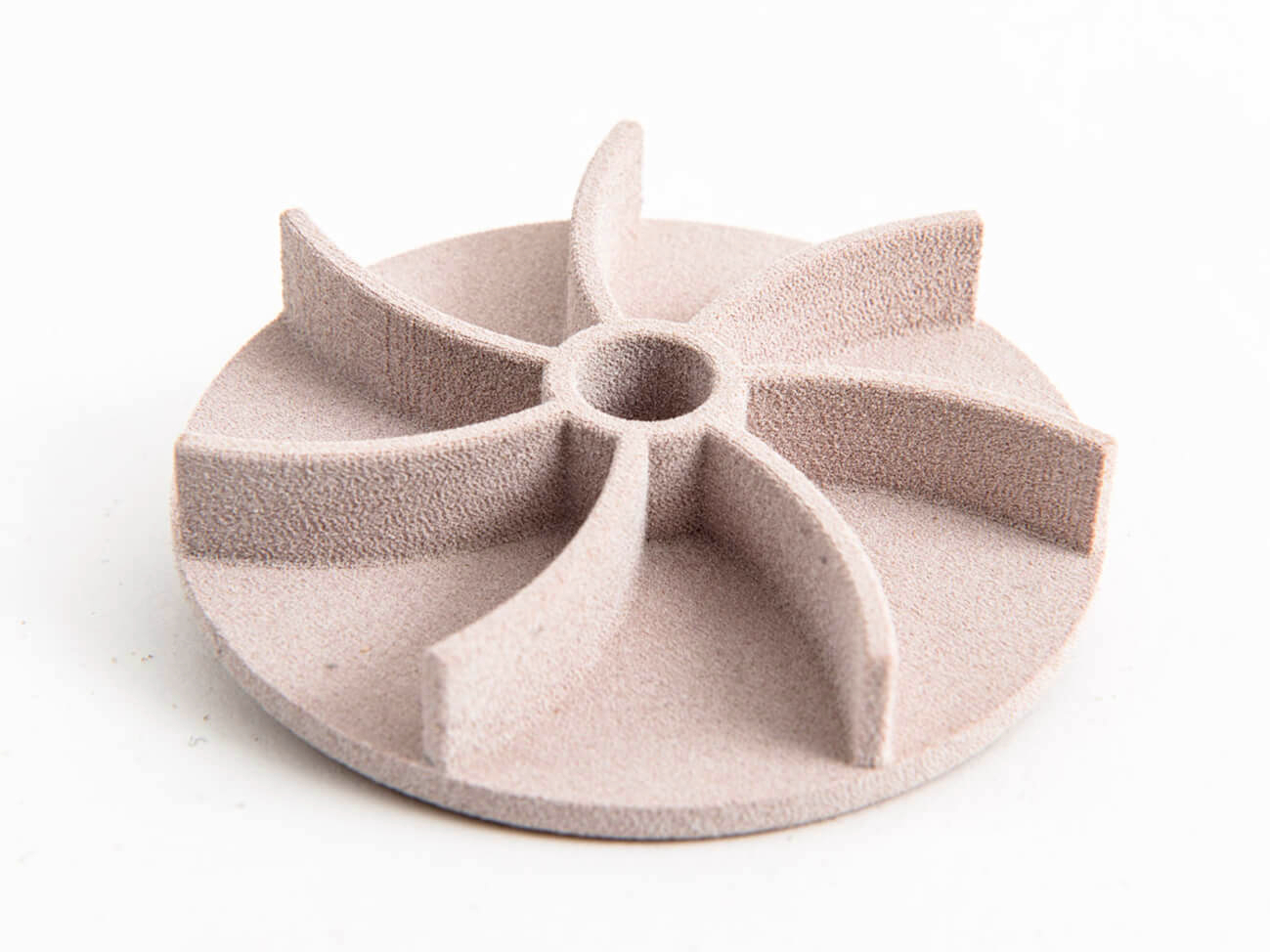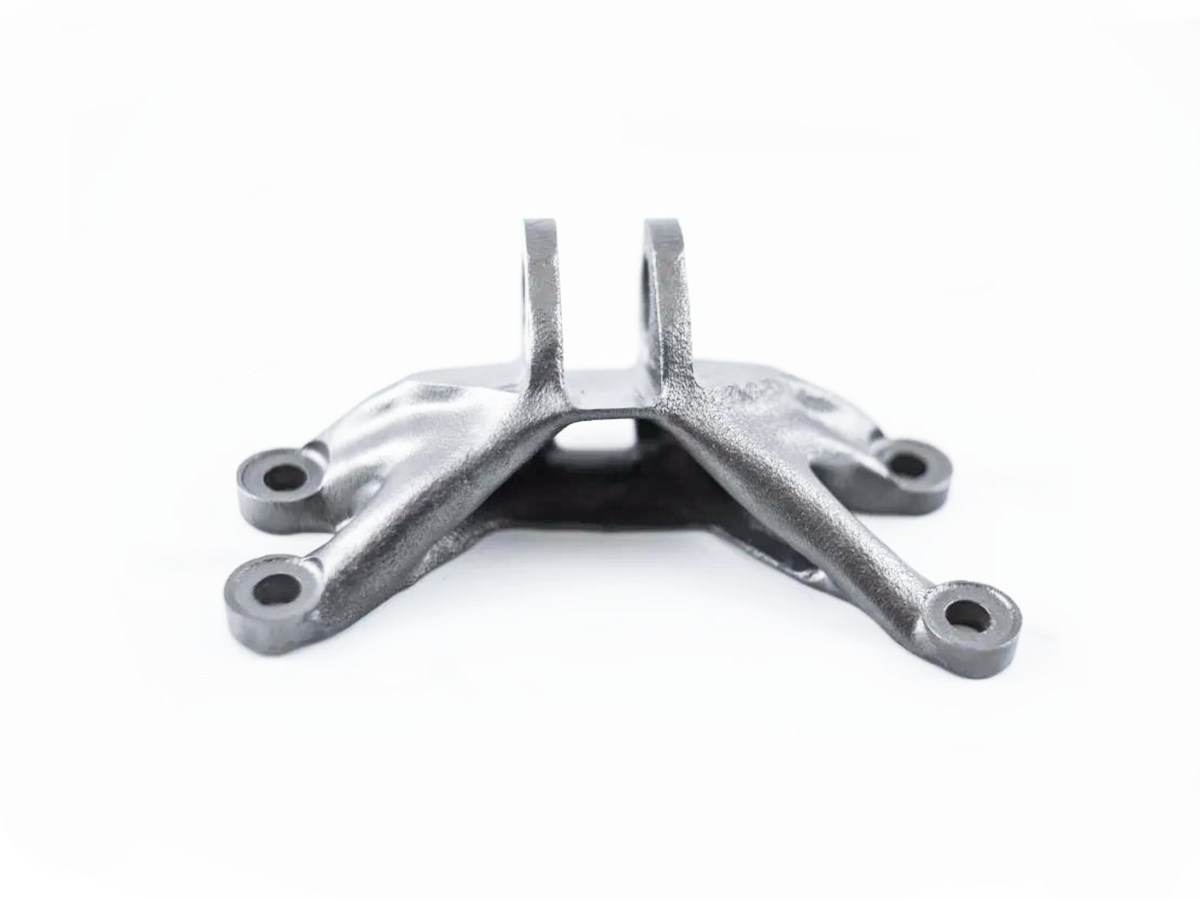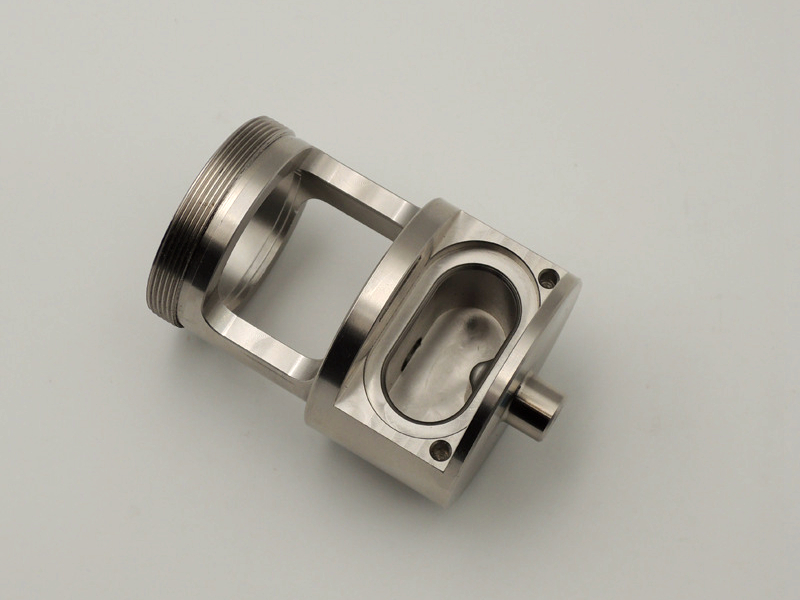What is the typical build volume of metal SLS machines, and how are larger parts handled?
From a manufacturing engineering perspective, the build volume of metal SLS (also known as DMLS or LPBF) systems is a key factor in determining the feasibility of producing large components in a single piece. While standard machines offer substantial volumes, the industry has developed robust methodologies for handling parts that exceed these dimensions.
Typical Metal SLS Build Volumes
The build envelope for industrial metal SLS systems is not standardized but falls into common ranges. Most mainstream production machines from manufacturers like EOS, SLM Solutions, and 3D Systems offer build volumes in the following ballpark:
Standard Industrial Range: Approximately 250 mm x 250 mm x 325 mm to 400 mm x 400 mm x 400 mm (10" x 10" x 13" to 15.7" x 15.7" x 15.7"). This size accommodates a vast majority of components for industries like aerospace and aviation (brackets, nozzles) and medical device (implants).
Large-Format Systems: For more demanding applications, large-format machines are available. Systems from companies like Velo3D, SLM Solutions, and GE Additive can offer volumes up to 600 mm x 600 mm x 600 mm or even 800 mm x 400 mm x 500 mm. These are used for larger structural components, turbine cases, and substantial segments of industrial machinery.
Strategies for Handling Larger Parts
When a part's dimensions exceed the available build volume, several engineering-led strategies are employed:
Part Segmentation (Most Common): The component is intelligently split into multiple segments that fit within the build chamber. This is not a simple cut; it requires careful engineering to design the connection points.
Integrated Joining Features: Segments are designed with interlocking features, flanges, or tongue-and-groove geometries to ensure precise alignment.
Post-Process Joining: The segments are joined after printing and post-processing using high-integrity methods. The preferred technique is often Welding (particularly TIG or Electron Beam welding), which creates a monolithic structure, or Vacuum Brazing for certain alloys. For non-permanent or inspectable joints, mechanical fasteners can be used through designed-in bolt patterns.
Hybrid Manufacturing: In this approach, a large, simple substrate is produced using a conventional method like CNC Machining or casting. The complex, topology-optimized features are then built onto this substrate using the metal SLS process. This is a highly efficient method for adding intricate cooling channels or lightweight lattices to a large base part.
Design Optimization for the Envelope: Often, the part can be oriented diagonally within the build chamber to maximize the printable length of a single dimension. The design itself can also be optimized to reduce its overall footprint without sacrificing function.
Engineering Considerations for Large Parts
Stress Management: Large parts are subject to significant residual thermal stresses during the build process. This requires careful parameter development and may necessitate stress relief heat treatment while the part is still on the build plate to prevent distortion or cracking.
Support Structures: Large, flat surfaces are prone to warping. Extensive and robust support structures are required, which increases material usage, build time, and post-processing labor for support removal.
Powder Management: Large builds consume a substantial amount of expensive metal powder. The cost and handling of this powder, including sieving and recycling for reuse, become significant factors.
Post-Processing Challenges: Handling, sandblasting, and heat-treating very large parts requires equally large industrial equipment, such as oversized furnaces for Hot Isostatic Pressing (HIP).
In summary, while the typical metal SLS build volume is sufficient for many applications, the technology is not limited by it. Through strategic segmentation, hybrid approaches, and specialized large-format equipment, the manufacturing industry can successfully produce very large, complex metal components by leveraging the design freedom of additive manufacturing.



